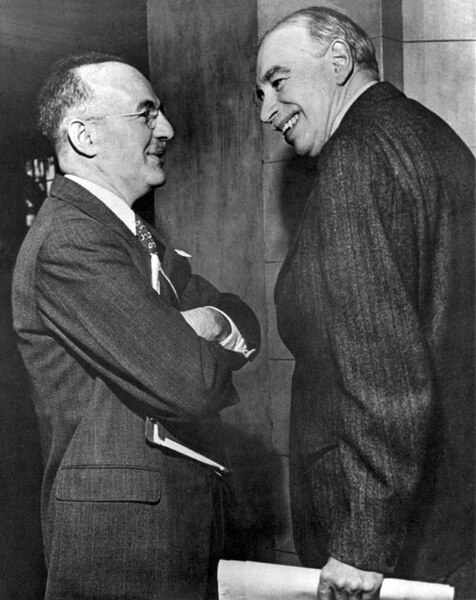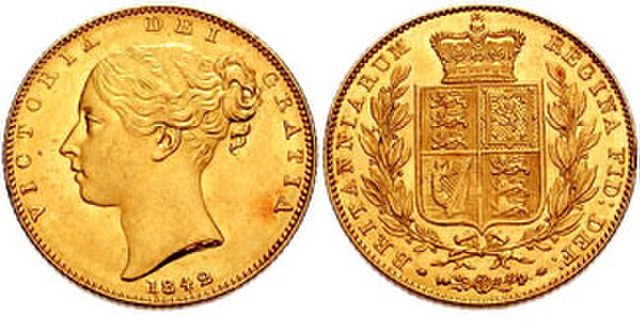The global financial system is the worldwide framework of legal agreements, institutions, and both formal and informal economic action that together facilitate international flows of financial capital for purposes of investment and trade financing. Since emerging in the late 19th century during the first modern wave of economic globalization, its evolution is marked by the establishment of central banks, multilateral treaties, and intergovernmental organizations aimed at improving the transparency, regulation, and effectiveness of international markets. In the late 1800s, world migration and communication technology facilitated unprecedented growth in international trade and investment. At the onset of World War I, trade contracted as foreign exchange markets became paralyzed by money market illiquidity. Countries sought to defend against external shocks with protectionist policies and trade virtually halted by 1933, worsening the effects of the global Great Depression until a series of reciprocal trade agreements slowly reduced tariffs worldwide. Efforts to revamp the international monetary system after World War II improved exchange rate stability, fostering record growth in global finance.

The SS Great Eastern, a steamship which laid the transatlantic cable beneath the ocean
German infantry crossing a battlefield in France in August 1914
British soldiers resting before the Battle of Mons with German troops along the French border in August 1914
Assistant U.S. Treasury Secretary, Harry Dexter White (left) and John Maynard Keynes, honorary adviser to the U.K. Treasury at the inaugural meeting of the International Monetary Fund's Board of Governors in Savannah, Georgia, U.S., March 8, 1946.
International monetary system
An international monetary system is a set of internationally agreed rules, conventions and supporting institutions that facilitate international trade, cross border investment and generally the reallocation of capital between states that have different currencies. It should provide means of payment acceptable to buyers and sellers of different nationalities, including deferred payment. To operate successfully, it needs to inspire confidence, to provide sufficient liquidity for fluctuating levels of trade, and to provide means by which global imbalances can be corrected. The system can grow organically as the collective result of numerous individual agreements between international economic factors spread over several decades. Alternatively, it can arise from a single architectural vision, as happened at Bretton Woods in 1944.

Historic international currencies. From top left: crystalline gold, a 5th-century BCE Persian daric, an 8th-century English mancus, and an 18th-century Spanish real.
The British gold sovereign or £1 coin was the preeminent circulating gold coin during the classical gold standard period. of 1816 to 1914
This era saw periods of worldwide economic hardship. The image is Dorothea Lange's Migrant Mother depiction of destitute pea-pickers in California, taken in March 1936.
Harry Dexter White (left) and John Maynard Keynes (right) at Bretton Woods







